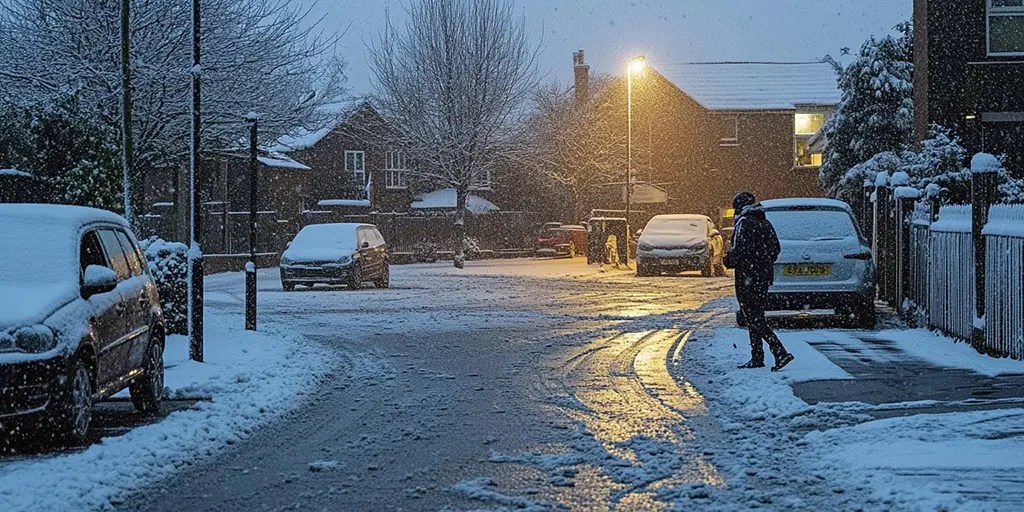

Cities are getting smarter. With more people living in urban areas than ever before, finding ways to manage resources, reduce traffic, and improve the quality of life is a top priority.
Smart city infrastructure technologies are helping cities meet these challenges by using data and advanced tools to create more efficient, sustainable, and livable environments.
At the heart of smart cities is the use of sensors and connected devices to collect data in real-time. These technologies are part of the “Internet of Things” (IoT), where everyday objects like traffic lights, garbage bins, and streetlights are equipped with sensors to monitor activity and communicate with one another.
For example, in Barcelona, sensors track when garbage bins are full and send alerts to waste collection teams, reducing unnecessary trips and saving fuel. Similarly, smart traffic lights in Los Angeles adjust their timing based on traffic flow, helping reduce congestion and travel time.
Another important innovation is the development of smart energy systems. Cities like Amsterdam and Copenhagen are leading the way by implementing smart grids.
These systems monitor and optimize energy use across the city, integrating renewable energy sources like wind and solar. Residents can also benefit directly by using apps that track their energy consumption and suggest ways to save money and reduce carbon footprints.
Transportation is another area where smart city technologies are making a big impact. Electric vehicles (EVs) and their charging networks are growing rapidly, supported by apps that help drivers find the nearest available charging station.
Autonomous vehicles are also being tested in cities like Singapore, where driverless buses are providing a glimpse of the future. Meanwhile, public transport systems are becoming more efficient with real-time tracking and mobile payment options, making it easier for people to plan their journeys.
Urban planning is being revolutionized by the use of digital twins, which are virtual models of cities that simulate how different changes—like new buildings or road layouts—will affect the environment and residents.
For example, Singapore uses a digital twin of the entire city to predict the impact of infrastructure projects and optimize land use. These tools help planners make smarter decisions and create more sustainable urban environments.
Smart water management systems are another critical innovation. In places like Cape Town, where water shortages are a recurring issue, sensors are used to detect leaks in pipelines and monitor water levels in reservoirs. These systems save water and ensure residents have access to clean and reliable supplies.
Research shows that the adoption of smart city technologies is growing rapidly. A report by McKinsey estimates that smart city initiatives could improve key quality-of-life indicators, like commuting time and public safety, by up to 30%.
However, challenges remain. Implementing these technologies can be expensive, and there are concerns about data privacy and cybersecurity. Cities need to strike a balance between using technology effectively and protecting the rights and security of their residents.
If you’re excited about the idea of living in a smarter city, there are steps you can take to contribute. Support local initiatives that promote renewable energy and sustainable transportation.
Consider using apps that help reduce your energy and water use. Stay informed about city projects and voice your opinions to ensure that technology is used responsibly and equitably.
Smart city technologies are more than just a trend—they are shaping the future of how we live and interact in urban spaces. By embracing innovation and making thoughtful decisions, cities around the world are paving the way for a more connected, sustainable, and efficient future for everyone.
Copyright © 2025 Knowridge Science Report. All rights reserved.







Leave a Comment